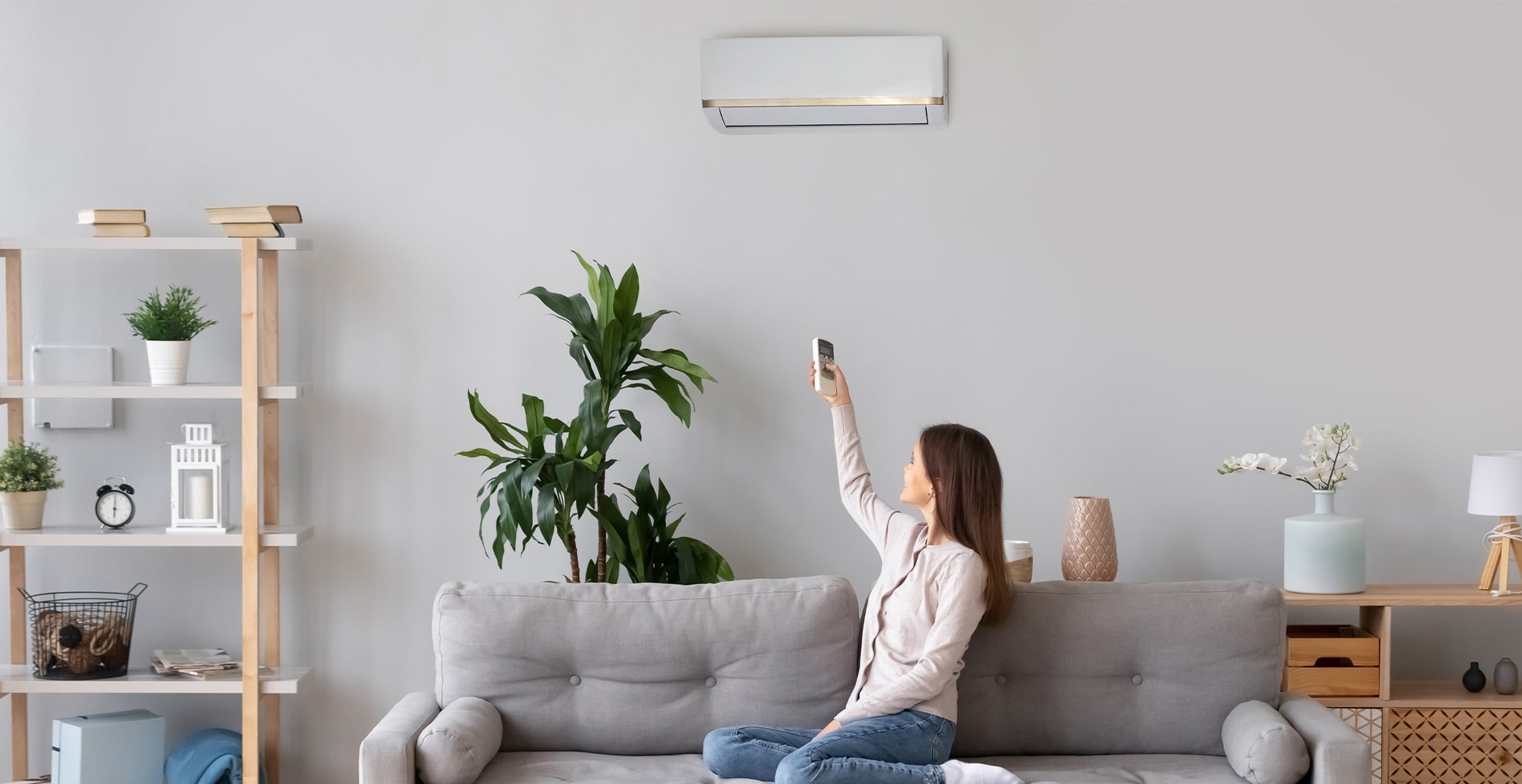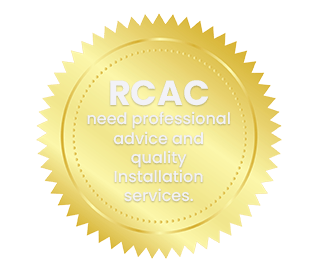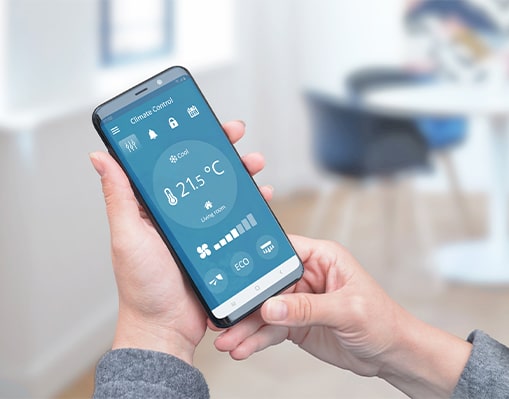
Up to 60% of a home’s energy bill comes from trying to heat and cool our homes. So it is really important that the way we heat and cool our homes is as efficient and cost effective as possible.
An air conditioner is a system that is used to create and maintain a particular indoor temperature. There are two types of air conditioners – cooling only (AC) or reverse cycle air conditioning (RCAC) which means the unit has the ability to heat AND cool. Because of that ability, reverse cycling air conditioners are an effective and inexpensive way of heating and cooling your home or business.
Get considered advice from long term industry professionals on heating and cooling
What is Reverse Cycle Air Conditioning
A reverse cycle air conditioner is an air conditioning system that is capable of both cooling and heating a room or a building.
It works by using a refrigeration cycle to move heat from one place to another, depending on whether the system is set to cooling or heating mode.
During the cooling mode, the air conditioner extracts heat from the room and releases it outside, cooling the room. During heating mode, the air conditioner extracts heat from the outside air and releases it inside, warming up the room. Reverse cycle air conditioners are particularly useful in areas with varying weather conditions, as they provide fast, versatile and efficient cooling and heating solutions all year round.
Reverse cycle AC comes in two main formats, ducted so that one larger system has outlets in many, or all rooms, and split systems where one external compressor unit has one indoor unit usually mounted on an external wall. RCAC is much more efficient at heating than simple electric element heaters. However, split systems can be amazingly efficient, commonly more than 5 times more efficient than a simple blow heater.
How it works…
A reverse cycle air conditioner is capable of both heating and cooling a room or building. It works by reversing the flow of refrigerant through the unit, allowing it to collect heat from the outside air and transfer it inside to warm a room during the colder months. In the summer, the process is reversed, and the unit draws heat from inside the room and expels it outside, cooling the inside air.
Reverse cycle air conditioners are energy-efficient and cost-effective, as they use less energy than traditional heating and cooling systems. They also provide better temperature control and air quality, making them an ideal choice for residential and commercial spaces.


The Benefits of Reverse Cycle Air Conditioning
- Provides both heating and cooling capabilities in one unit, reducing the need to purchase separate heating and cooling systems.
- Generates less carbon emissions compared to other forms of heating and cooling systems.
- More energy efficient compared to traditional heating systems like electric heaters, gas heaters or wood fireplaces, which also reduces your energy bills.
- Reverse cycle air conditioning is able to maintain a consistent temperature in a room, helping to keep the occupants comfortable all year round.
- Helps with air filtration and purification, removing dust, allergens and other harmful air particles from the air.
- Can be controlled remotely via a smartphone or tablet, enabling you to adjust settings from the comfort of your sofa or bed.
- Provides an even distribution of air, ensuring that every corner of the space is cooled or heated uniformly.
- Helps to maintain optimal humidity levels, ensuring that the interior of a room remains conducive for people.
- Can be used in both residential and commercial settings, making it a versatile choice for a range of applications.
- Reverse cycle air conditioning systems are generally easy to install, making them a convenient choice.
- Can increase the overall value of your property, should you decide to sell it in the future.
- Reverse cycle air conditioners can help you get off gas and allow you to have an all-electric household. This eliminates a whole utility bill as well as reduces our communities dependence upon a fossil fuel.
- Energy generated from solar panels can run your air conditioning . Thus providing you with “free” heating and cooling.
Testimonials
“I am now able to use my air conditioner to heat my home in the winter using solar energy I have stored in my battery and moving me closer to cancelling my gas connection.”
Philomena
FAQs
What is reverse cycle air conditioning and how does it work?
Reverse cycle air conditioning is a type of air conditioning system that can both cool and heat a room or space. It works by using a refrigerant to absorb heat from indoor air and transfer it outside to cool a room. In winter, the process is reversed, and heat is extracted from the outside air and transferred inside to warm a room.
What are the benefits of a reverse cycle air conditioning system?
A reverse cycle air conditioning system is energy-efficient, as it can both heat and cool a room using the same unit. It is also better for the environment, as it produces less carbon emissions than other types of heating or cooling systems. Additionally, it offers improved indoor air quality by filtering out dust, allergens and other particles from the air.
How do I choose the right size reverse cycle air conditioning system for my home or space?
The size of the reverse cycle air conditioning system you need depends on the size of the room, the space you want to heat or cool and how thermally efficient your home is. It is best to seek professional advice to ensure you get the correct size to achieve optimum efficiency. In this regard, always consult with specialists who are aware of how the thermal efficiency of your home would impact the size of the system you need.
What are the maintenance requirements for a reverse cycle air conditioning system?
Regular maintenance is important to keep your reverse cycle air conditioning system running smoothly. You should clean or replace the air filters every year (or more frequently if you live in a polluted or dusty environment), check the refrigerant levels annually, and have the system professionally serviced every two to three years to ensure it is operating at maximum efficiency.
How much does it cost to install a reverse cycle air conditioning system?
The cost of a reverse cycle air conditioning system varies depending on the size of the unit, the complexity of the installation, and the brand and model you choose. Generally, you can expect to pay anywhere from several thousand dollars upwards depending on your needs and preferences.
Next steps:
There are two ways to arrange for reverse cycle air conditioning to be installed in your home:
- Get quotes from reputable businesses
- Buy from a community group/bulk buy program where the installation company and the equipment have been thoroughly vetted by knowledgeable experts.
One such community group buy scheme is Go Renewable Energy Group Buy Project visit their website here.
